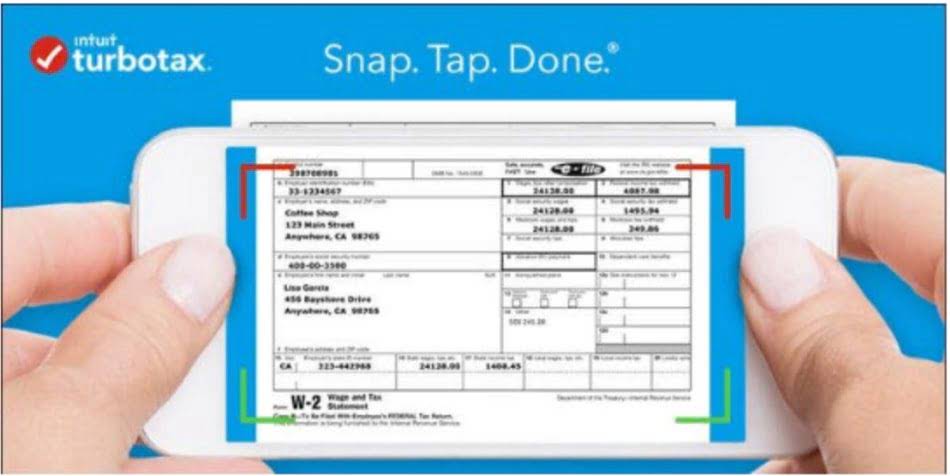
Being able to make accurate estimates of your manufacturing costs is critical to a company’s profitability and competitive advantage. Before work hits the production line, one must know how to calculate manufacturing cost. This calculator streamlines the process of determining the total manufacturing cost, offering a straightforward tool for businesses, financial analysts, and students to comprehend and analyze production expenses. The cost of goods manufactured is an important KPI to track for a number of reasons. While quite basic on paper, gathering precise information on all these constituents can be a challenge in real life.
Direct material costs in detail
Knowing the cost of manufacturing a product is more than being able to calculate the price and profits of the item. It helps manufacturers make more insightful decisions in terms of staying competitive and how production manufacturing can be profitable enough money to remain a viable business. Another closely related KPI crucial in manufacturing accounting is the cost of goods sold or COGS.
Free Financial Modeling Lessons
The other half of the COGM formula accounts for the work in process or WIP Inventory. WIP is a current asset in the company’s balance sheet and represents the total value of all materials, labor, and overhead of unfinished products. Along with many other manufacturing total manufacturing cost calculator accounting metrics, total manufacturing costs can easily be tracked in an MRP/ERP system. Using this kind of software with a built-in manufacturing accounting system frees up managers’ time for activities that help actually grow the company.

The cost of goods manufactured formula
- It is essential to know what each part of your production process costs you.
- These can include indirect labor costs, such as wages for supervisors and the material handling team.
- He has a highly informative writing style that does not sacrifice readability.
- Therefore, first, one must identify these costs, such as the indirect labor and materials costs, add depreciation costs and all other manufacturing overhead costs to get your figure.
- The key takeaway of this case study is that understanding the fluctuations in manufacturing costs can empower companies to make informed and timely choices between outsourcing and in-house production.
- It can be used to adjust the selling price of your products, identify and cut expenses, and calculate other key metrics like the Cost of Goods Manufactured.
- Let’s go through all the steps for calculating total manufacturing costs.
Therefore, 12.24% of monthly revenue will go toward the business’ overhead costs. Rose Burn’s manufacturing overhead is $170,000 ($50,000 manufacturing supervisor gross pay + $60,000 factory rent + $45,000 factory utilities + $5,000 depreciation + $10,000 supplies). Since Rose and Lily are not part of the candle-making process, their gross pay is excluded from the direct labor calculation. To calculate direct material, compare raw material at the beginning of the year and raw material purchases during the year with raw material left at the end of the year.
How to calculate direct labour costs
For example, rent and insurance on the manufacturing plant are based on the assets’ value, not on the number of units produced. However, there’s a lot more to properly calculating total manufacturing costs than just knowing the formula. In this article we look at the details of what makes up total manufacturing costs, how to work out its component parts – and, importantly, how to reduce some of these costs in a manufacturing business. Manufacturing cost is an important task that helps businesses determine the cost of producing a product and set appropriate pricing. It helps identify areas to reduce costs, optimize production processes, and improve profitability.
Direct materials only constitute items that are used in significant, measurable quantities in manufacturing, i.e. the materials included in the bill of materials of a product. If you conclude that costs are as low as possible, but revenue is still struggling, the next step could be to alter your pricing. If you set prices too high, customers may go to competitors where they can find a better deal. Equally, if prices are too low, you won’t be generating the required revenue to make your business profitable. It may also shine a light on costs that have, over time, become extortionate without you realising. This newfound visibility around spend could lead to a renegotiation with suppliers, to attain cheaper deals.
How Crucial is Cloud Software Security for Your Business?

It will rise as you increase production activity and decrease when activity decreases. Takt time is the rate needed to meet demand, cycle time is the time it takes to produce one unit, and lead time is the time from order placement to delivery. Here’s a short video explaining how the cost of goods sold formula works in manufacturing. One other staff member – a specialist coffee roaster – earns $35 per hour, with payroll taxes of $5 per hour and $3 fringe benefit costs per hour. Richard has two staff members who earn $25 per hour, their payroll taxes costs $5 per hour and they have $3 worth of fringe benefit costs per hour.

Knowing your cost of goods manufactured is vital for a good overview of production costs and how they relate to the bottom line. COGM also allows management to identify cash drains, adjust prices, and track the development of the business. This cohesion leads to powerful data, that can be reported on, analysed, and used for important strategic decisions.
For manufacturers, calculating COGS is possible only after finding the value of COGM. If all of the goods finished during a period were also sold, COGS and COGM would equal each other. Manufacturing overhead does not include costs unrelated to the manufacturing process like administration wages, sales and marketing expenses, office rent, etc. These are general costs of doing business and are calculated separately as overhead expenses for the manufacturing business. When considering a change in your materials, make sure to consider all these factors. For example, alternative raw materials which produce the same or similar end product, but which are more economically sustainable.
Why it is important to allocate manufacturing overhead costs
These informed decisions help in maximizing productivity and profitability. Calculating manufacturing costs helps assess whether producing the product is going to be profitable for the company given the existing pricing strategy. Now, add the value of existing inventory to the cost of purchasing new inventory to calculate the cost of direct materials. Indirect manufacturing costs include all other expenses incurred in manufacturing a product except direct expenses.




